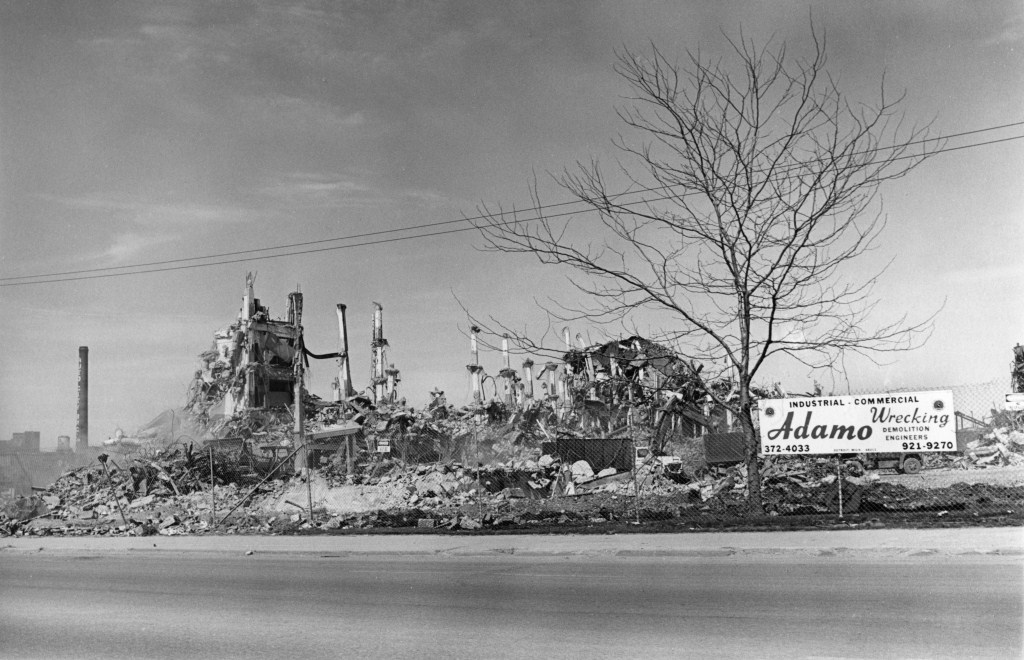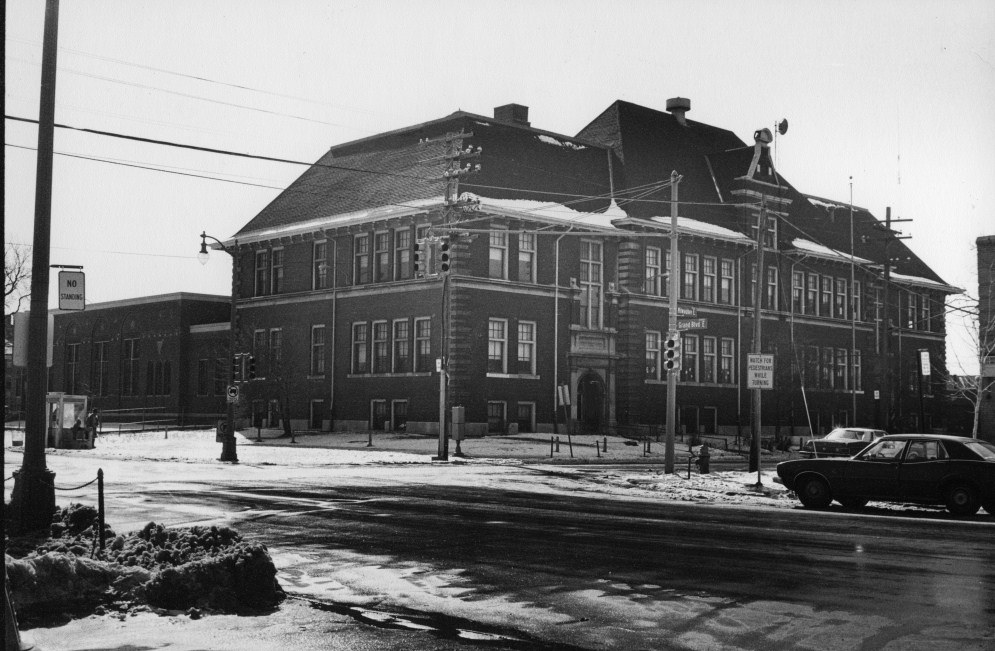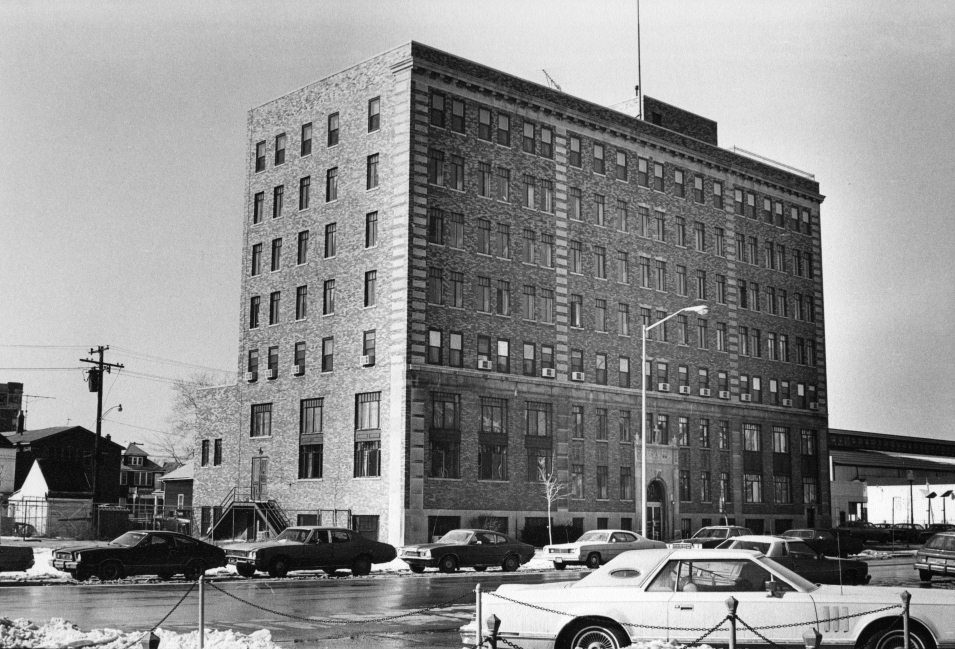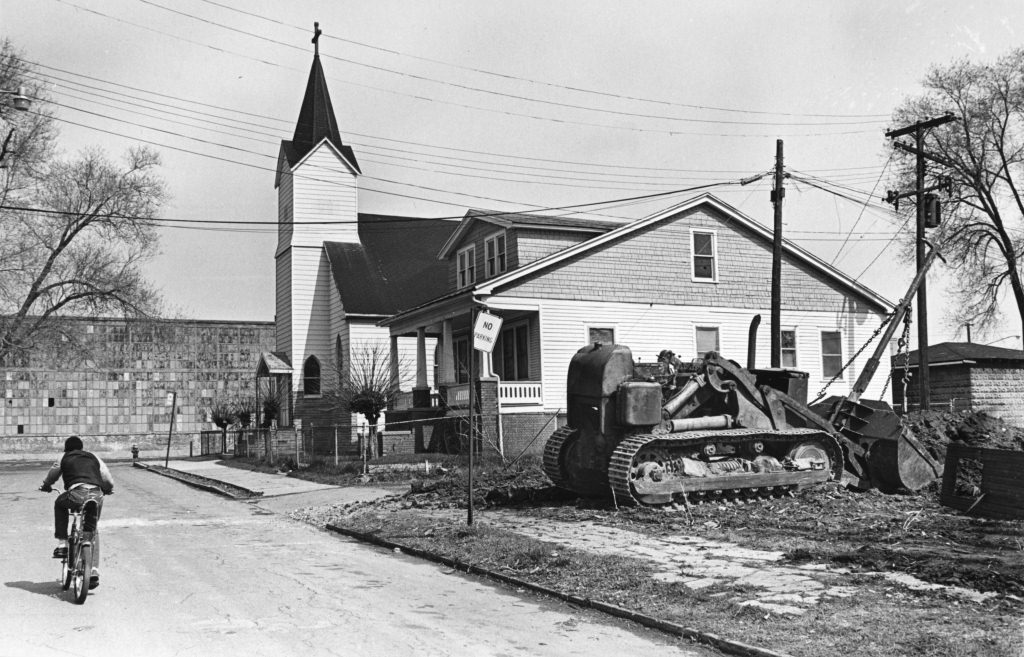Lost Poletown

Detroit’s Poletown neighborhood, covering an area roughly bounded by Gratiot Avenue, the city of Hamtramck, the Detroit Medical Center and Mt. Elliott Street, has had a long history as an immigrant community. The neighborhood became predominantly blue collar with many people there working at the Dodge Main plant in Hamtramck or a number of other plants that sprung up in the area. Poles made up a large portion of the inhabitants but over the years other groups eventually rounded out the population as well including a variety of Eastern Europeans, African Americans, Yemenis and others.

However, outside pressures would eventually cause the slow destruction of Poletown. In the early 1950s, the construction of I-94 effectively cut the neighborhood in half. Other projects that chipped away at the community included the construction of I-75, the DetroitMedicalCenter, and others. But it was the construction of the Central Industrial Park (CIP) in 1983 that dealt the final blow. The construction required the use of eminent domain to acquire a piece of land containing 1,400 houses, 144 businesses and 16 churches. The residents fought the decision right down to the razing of the buildings but to no avail. The new factory, known as the GM Detroit-Hamtramck Assembly plant moved ahead as planned. Only Beth Olem, the old Jewish cemetery, remained surrounded now by the plant. In 2004 the Michigan Supreme Court reversed their ruling on Poletown and determined that taking property for developing a business or technology park did not constitute a valid public use under the state’s constitution. This decision was instrumental in better defining the process of eminent domain for future projects.

These rare images from the Documenting Detroit Collection were taken in 1981 by Santa Fabio and Calleen Allard. They capture buildings and streets from Poletown at a critical point in time before most of it was razed to make way for the GM Detroit-Hamtramck Assembly Plant. Search our digital collection to find a multitude of Poletown images. - Cathy MacDonald, DHS Digitization Fellow


